… and I’ll show you a man drooling. What can I say? I love light-emitting diodes (LEDs). I should get myself a “I ♥ LEDs” T-shirt.
When I was a kid in the 1960s, you could get any color LED you wanted—any color at all—just so long as that color was red. I remember when the first 7-segment LED displays appeared in the 1970s (using red LEDs, of course). It wasn’t long before they started to appear in industrial instrumentation and consumer products like wristwatches and electronic calculators. This may sound quaint now but—back then—having these displays become available and affordable was like being transported into a Jetson-esque future.
Over time, more and more entries were introduced into our LED color palette: yellow, orange, and green, followed by blue and white. It’s also possible to obtain bicolor and tricolor LEDs in various shapes and sizes.
The original LED lighting used to replace incandescent bulbs for home use was a little “harsh” on the eyes. Happily, modern “warm white” LEDs are much more comfortable, and they last much, much longer than their incandescent cousins.
I just heard about something cool (in more ways than one). We could be poised to see the introduction of biomimetic LEDs, where “mimetic” refers to things that imitate or echo something else. By replicating the structures used by fireflies in their lanterns, it seems we can make LEDs that are just as bright using half the power or are twice as bright using the same power.
As always, the team at DENA will be here to help light your way!

